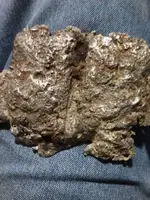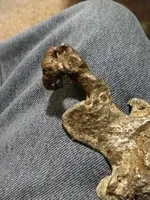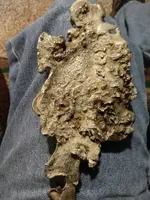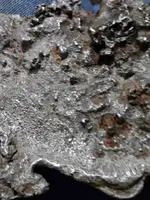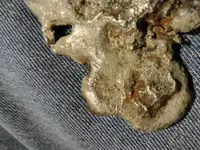17GoCubsGo44
Jr. Member
Hey y'all! Got another great find with the metal detector. It was inside and wrapped in a half rotted potato sack buried in a flatland opening of the foliage near a creek. It hit with high tones and kept saying silver. Now to some info about it:
It's almost like aluminum but it's really heavy!
A magnet does not stick to it
It doesn't bend (accept for the small end)
I hat a torch on it for 15 min, it got red, but never dripped, melted, our even changed
It looks almost like someone tried to make homemade ingots or some kind of bar was placed on it.
I have pics of the front and back and close ups.
Any help would be appreciated!
It's almost like aluminum but it's really heavy!
A magnet does not stick to it
It doesn't bend (accept for the small end)
I hat a torch on it for 15 min, it got red, but never dripped, melted, our even changed
It looks almost like someone tried to make homemade ingots or some kind of bar was placed on it.
I have pics of the front and back and close ups.
Any help would be appreciated!





